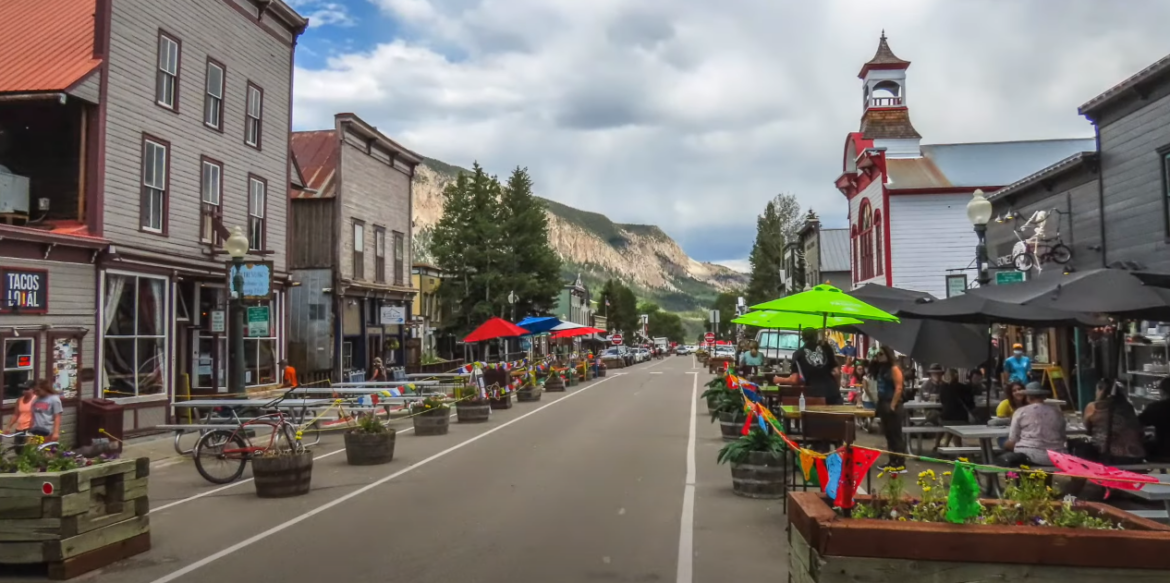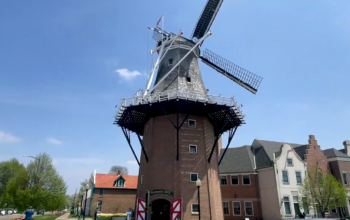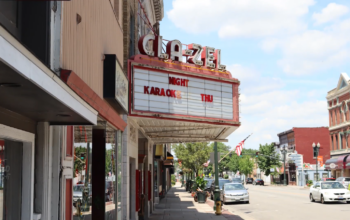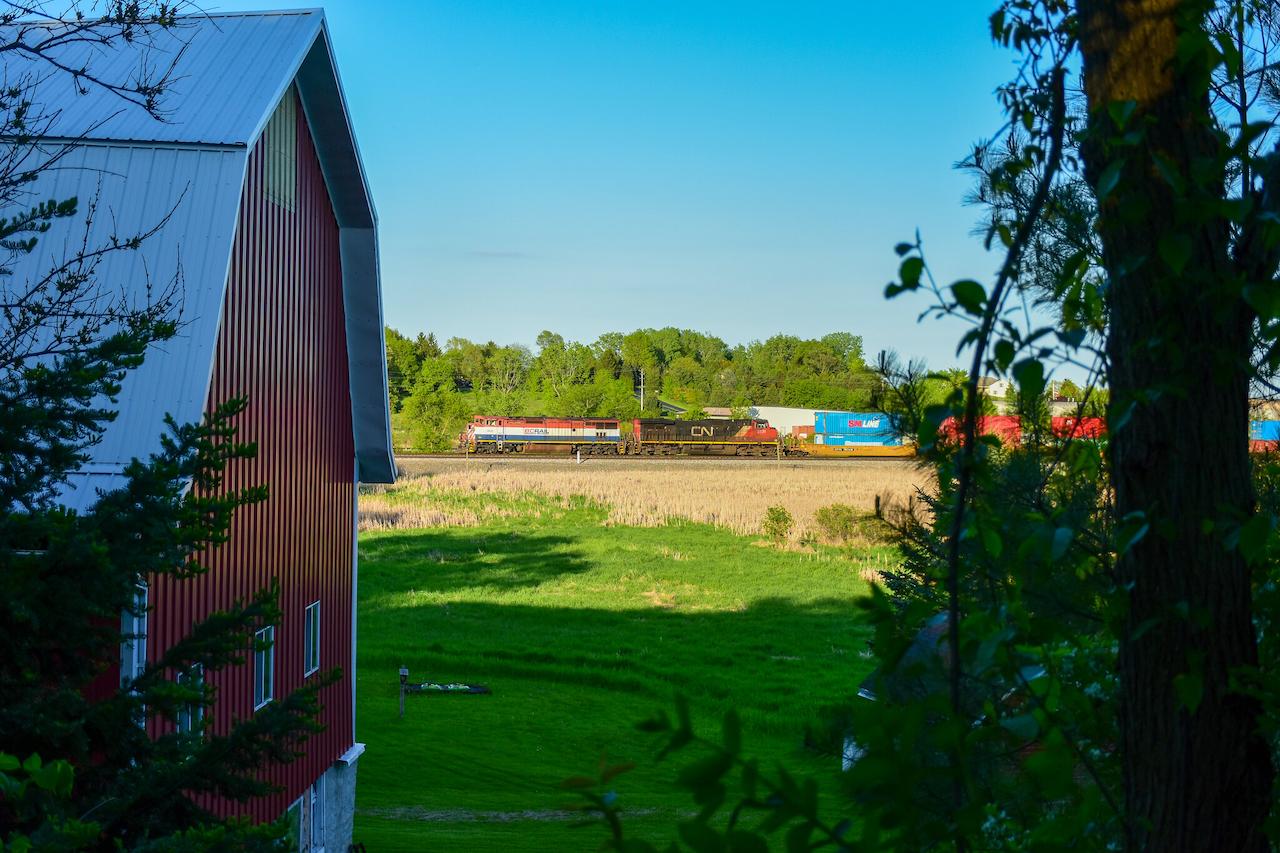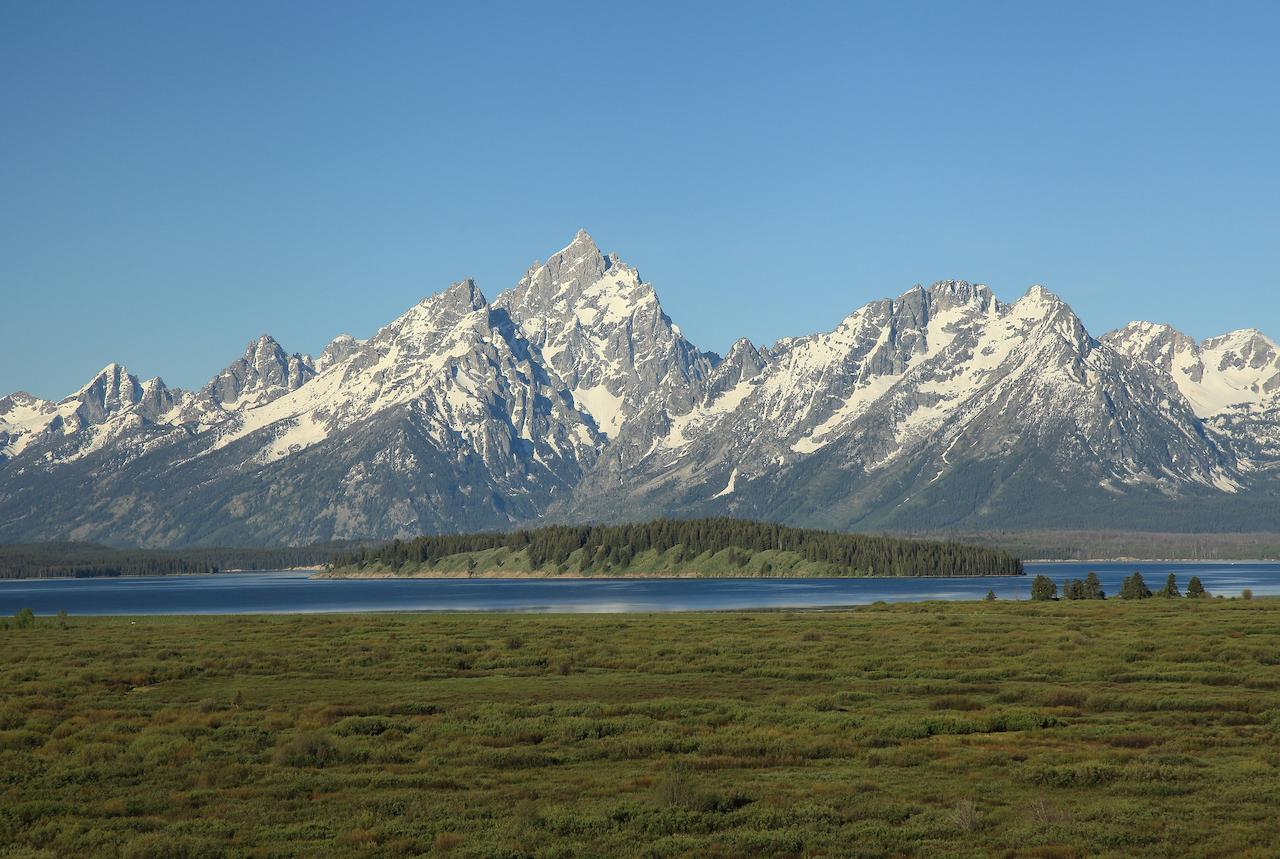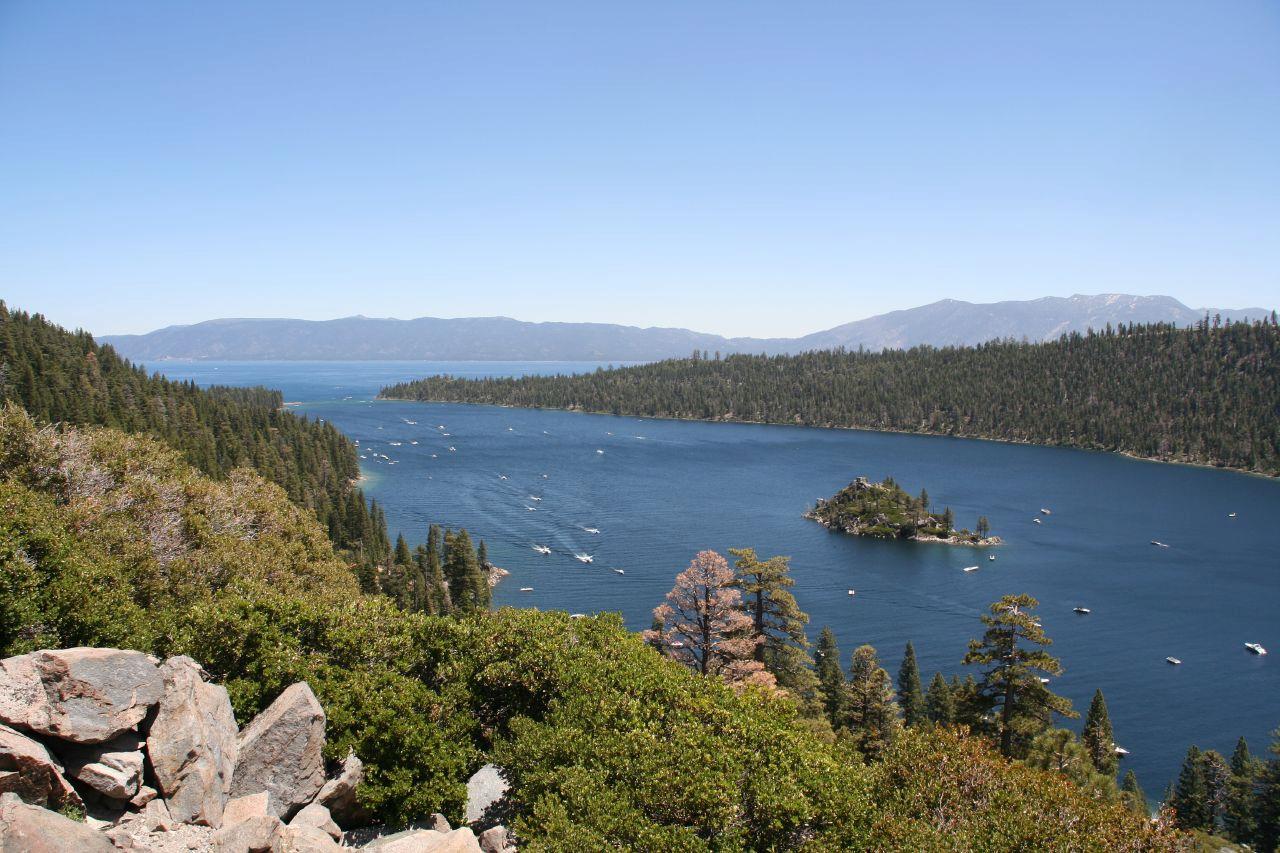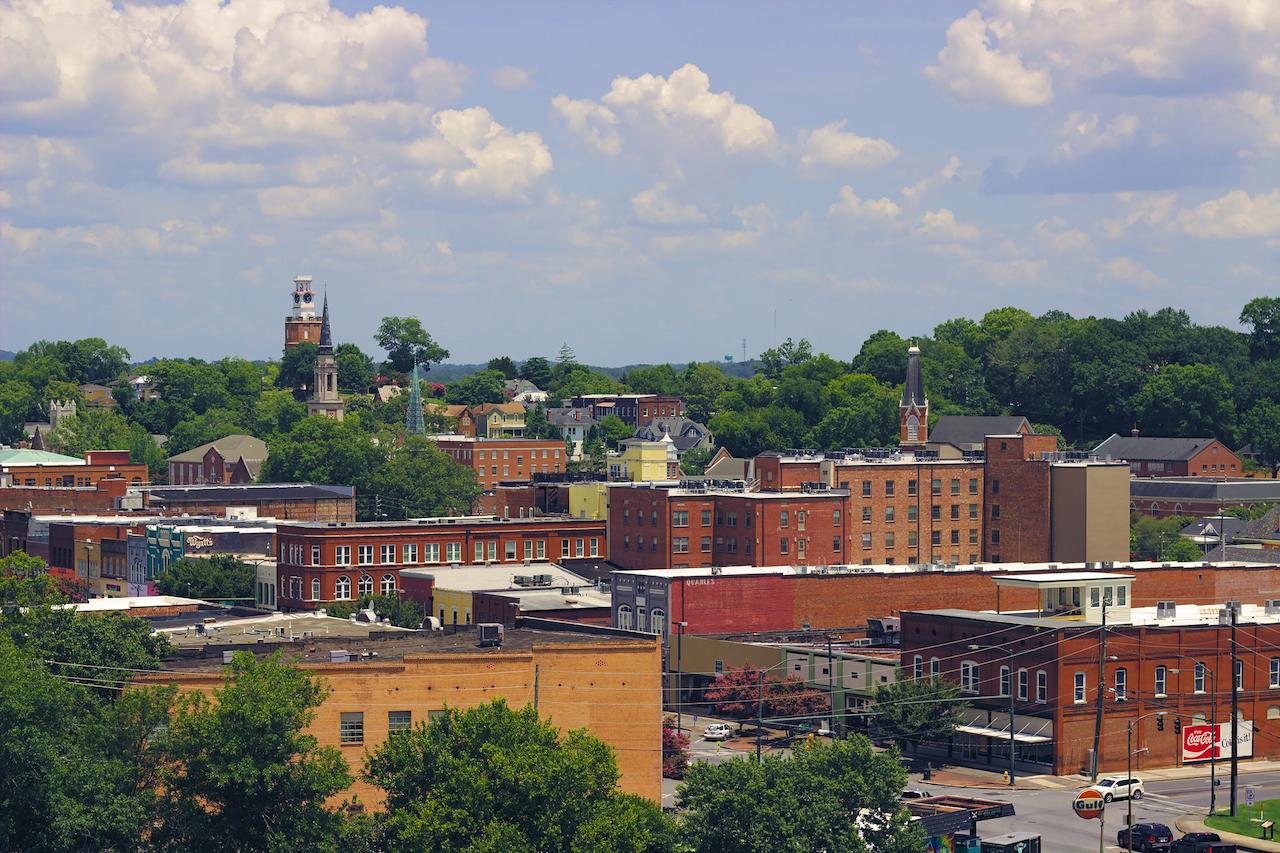Living without a car might sound daunting in today’s automobile-centric world, but there are charming small towns that offer an alternative lifestyle where cars are not a necessity. These towns boast walkability, efficient public transportation, and a plethora of amenities within easy reach. In this article, we will delve into some of these idyllic communities, exploring the reasons why living without a car is not only feasible but also enriching.
Why Opt for Car-Free Living?
The concept of car-free living in a small town might raise several questions. Let’s address some of the common queries:
- 1. Why live without a car? Living without a car offers numerous benefits, including reduced stress, improved health, lower expenses, and a smaller environmental footprint. Additionally, in compact small towns, many amenities are conveniently accessible by foot or bicycle;
- 2. Is car-free living feasible in a small town? Absolutely. Small towns often have well-designed infrastructures that prioritize pedestrian-friendly environments. From well-connected public transportation to local shops, schools, and parks within walking distance, these towns are designed to make car-free living a reality;
- 3. What about emergencies or long-distance travel? Most car-free towns are located within reasonable proximity to larger cities, where rental cars, ride-sharing services, or public transportation can be used for emergencies or longer trips. Additionally, car-sharing programs within these towns provide flexibility when needed;
- 4. Is it suitable for families? Yes, car-free living can be suitable for families. Many car-free towns have excellent schools, recreational facilities, and family-friendly neighborhoods. Children can enjoy a safer environment without the constant traffic concerns associated with larger cities.
Exploring Car-Free Small Towns
1. Crested Butte, Colorado
When it comes to the allure of car-free living in small towns, Crested Butte, Colorado, stands as an enchanting gem in the heart of the Rocky Mountains. With stunning mountain vistas, a rich arts scene, and year-round outdoor adventures, this small town offers a unique and engaging lifestyle that’s worth exploring. Let’s delve into the pros and cons of embracing car-free living in Crested Butte.
| Pros | Cons |
|---|---|
| Stunning Mountain Views: Crested Butte boasts breathtaking panoramic views of the majestic Rocky Mountains. Living amidst such natural beauty provides a sense of tranquility and inspiration that is hard to replicate elsewhere. | Limited Job Opportunities: One of the potential challenges of car-free living in Crested Butte is the limited job market. The town’s small size means that job opportunities may be fewer and competition could be higher. Remote work options could mitigate this issue for some residents. |
| Year-Round Outdoor Activities: Adventure enthusiasts will find themselves in paradise, as Crested Butte offers an array of outdoor activities throughout the year. From skiing and snowboarding in the winter to hiking, mountain biking, and river rafting in the warmer months, there’s never a shortage of ways to stay active and connected to nature. | Harsh Winters: While the snowy landscapes are undeniably stunning, the harsh winters in Crested Butte might not be everyone’s cup of tea. Snowfall and icy conditions can make transportation and daily activities more challenging during the colder months. |
| Vibrant Arts Scene: Despite its small size, Crested Butte has a thriving arts community. The town hosts numerous art galleries, live performances, and cultural events that enrich the lives of its residents. This vibrant arts scene fosters creativity and provides opportunities for artistic exploration. | Higher Cost of Living: The charm and beauty of Crested Butte come at a price. The cost of living in this mountain town can be relatively higher than in some other areas. Housing costs, in particular, might be a concern for those considering a move. |
| Robust Local Food Scene: Foodies will delight in Crested Butte’s culinary offerings. The town embraces the farm-to-table concept, with a focus on locally-sourced and organic ingredients. This commitment to fresh, high-quality food enhances the dining experience and supports the local economy. | Limited Healthcare Facilities: Crested Butte’s size is reflected in its healthcare facilities as well. Access to specialized medical care could be limited, potentially requiring residents to travel to larger towns or cities for certain treatments. |
2. Port Townsend, Washington
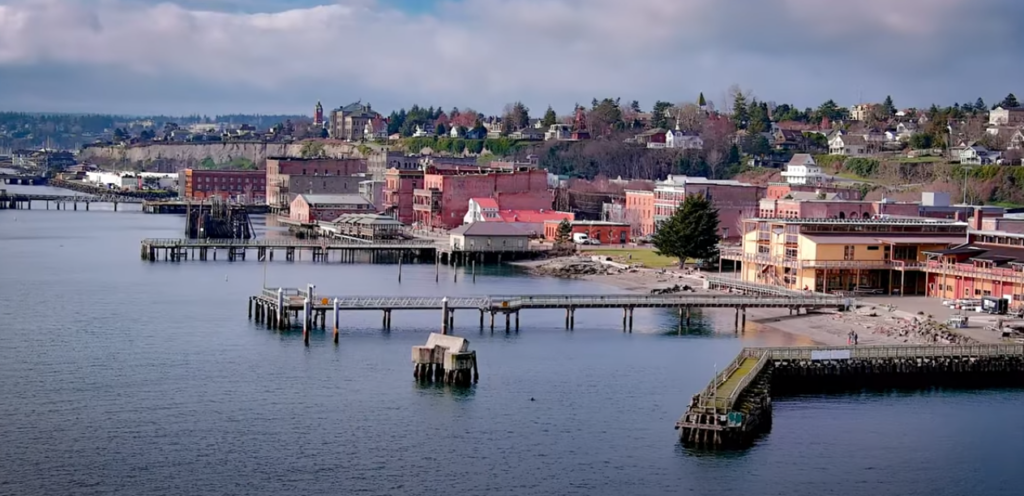
Nestled on the scenic Olympic Peninsula, Port Townsend, Washington, beckons with its historic Victorian architecture, sense of community, and access to the stunning Puget Sound. While exploring the possibilities of car-free living in this unique town, it’s essential to weigh the pros and cons that shape the experience. Let’s delve into the distinctive aspects of Port Townsend’s car-free lifestyle.
| Pros | Cons |
|---|---|
| Historic Architecture: Port Townsend’s streets are lined with charming Victorian buildings, evoking a sense of nostalgia and preserving the town’s rich history. Living amidst such architectural beauty can be an immersive experience in itself. | Rainy Climate: Port Townsend’s picturesque surroundings come with a trade-off—the town experiences a significant amount of rainfall throughout the year. Residents considering car-free living must be prepared for the wetter weather and plan accordingly. |
| Strong Sense of Community: The town’s relatively small size fosters a strong sense of community. Residents often form close-knit bonds, creating an environment where neighbors become friends and support networks naturally form. | Limited Public Transportation: Reliance on public transportation can be a challenge in Port Townsend. While the town’s size plays a role, the lack of extensive transportation options might require residents to find alternative ways of getting around. |
| Access to Water: Port Townsend’s location along the Puget Sound offers residents the chance to engage in a variety of water-related activities. Whether it’s sailing, kayaking, or simply strolling along the coastline, the waterfront lifestyle is truly captivating. | Higher Housing Costs: The allure of living in a charming waterfront town does come at a cost. Housing expenses in Port Townsend can be relatively higher compared to surrounding areas, necessitating careful budgeting for potential residents. |
| Eclectic Festivals: The town’s commitment to celebrating diversity and creativity shines through its eclectic festivals. These events, ranging from arts and music gatherings to cultural showcases, contribute to a vibrant social calendar. | Fewer Job Opportunities: The town’s smaller economy translates to fewer job opportunities. Those seeking local employment might need to explore remote work options or consider commuting to nearby towns. |
3. New Paltz, New York
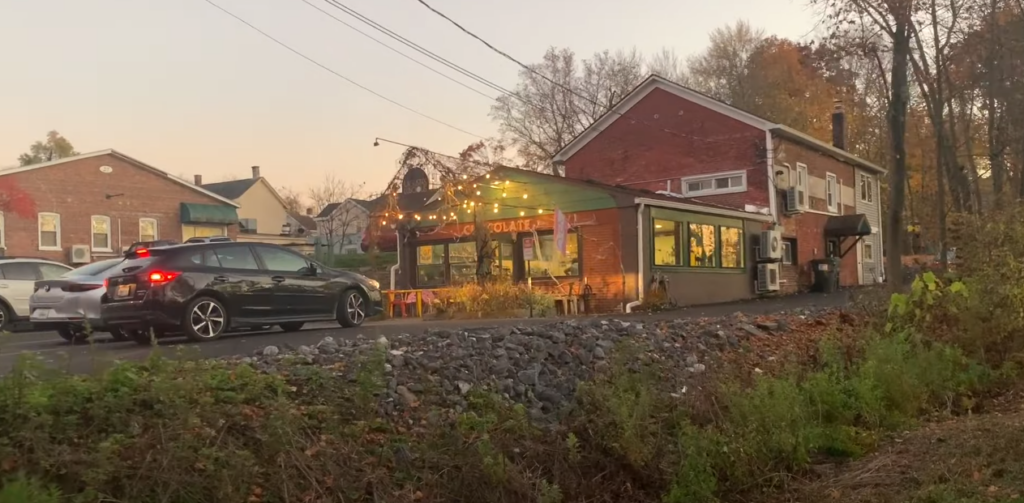
Nestled within the picturesque embrace of the Hudson Valley, New Paltz, New York, beckons with a unique blend of natural beauty and cultural vibrancy. As you consider the allure of car-free living in this charming town, it’s essential to weigh the pros and cons that shape the experience. Let’s embark on a detailed journey through the distinctive aspects of New Paltz’s car-free lifestyle.
| Pros | Cons |
|---|---|
| Proximity to Nature: New Paltz’s prime location offers residents immediate access to the beauty of the Hudson Valley’s landscapes. Surrounded by lush greenery, scenic trails, and the majestic Shawangunk Ridge, the town provides ample opportunities for outdoor enthusiasts to indulge in hiking, rock climbing, and other outdoor activities. | Traffic Congestion: While New Paltz’s popularity is a testament to its appeal, it can also result in traffic congestion, particularly during peak tourist seasons. Navigating through crowded streets might be a challenge for those opting for car-free living. |
| Diverse Dining Options: The town’s culinary scene is a treasure trove of flavors and cultures. From quaint cafes to international eateries, New Paltz’s diverse dining options cater to every palate, making it a gastronomic haven for residents seeking culinary exploration. | Harsh Winters: The town’s idyllic charm can be tested during the winter months, when harsh weather conditions can impact outdoor activities and transportation. Residents must be prepared for cold temperatures and occasional snowfall. |
| Thriving Cultural Scene: Despite its small size, New Paltz boasts a thriving cultural scene. Art galleries, live performances, and cultural events contribute to a vibrant and enriching community, ensuring that residents are consistently engaged and entertained. | Limited Parking Availability: Parking spaces can be scarce in New Paltz, given the town’s popularity and compact layout. Car-free residents must consider alternative transportation options or secure parking arrangements when necessary. |
| Strong Local Businesses: The town’s commitment to local entrepreneurship shines through its thriving local businesses. Residents have the opportunity to support and engage with a variety of unique stores and services, fostering a strong sense of community and economic resilience. | Seasonal Tourism: While New Paltz’s seasonal tourism brings life and energy to the town, it can also lead to fluctuations in population density. Some residents might appreciate the vibrant atmosphere, while others might prefer a quieter environment. |
Conclusion
The concept of car-free living in small towns has gained traction as people seek more sustainable and community-oriented lifestyles. These towns showcase the possibilities of living without a car, providing a refreshing perspective on how life can be simpler, healthier, and more connected in close-knit communities. Whether you’re drawn to the scenic mountains, coastal beauty, or cultural richness, these car-optional towns offer a way to embrace a new way of living.
FAQ
No, these towns are designed to be car-optional rather than entirely car-free. While you can comfortably live without a car, there might still be instances where you find it convenient to use one, such as emergencies or longer trips.
These towns usually have well-established public transportation systems, including buses and trains that connect to nearby cities. Many residents also rely on bicycles and walking for local commutes.
Small towns with car-optional living often have local markets, grocery stores, and shops within walking or biking distance. Residents can easily handle daily errands without the need for a car.
Yes, car-optional living can be an excellent option for retirees who want to enjoy a slower pace of life, access to amenities, and a close-knit community.
Research the town’s public transportation options, local amenities, healthcare facilities, and job opportunities. Additionally, consider your lifestyle preferences and whether you’re comfortable relying on alternative modes of transportation.
